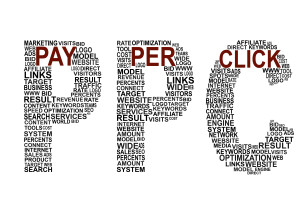Bloggers and Travel Agents Bring Clarity and Curation

“What stresses people today,” explains Matthew Upchurch, CEO of the Virtuoso luxury travel network, “isn’t the lack of information. It’s not knowing if they are asking the right questions….People don’t go to advisers for information anymore,” Upchurch adds. “They go for clarity and curation; they need someone to distill the abundance of information available to them.”
Upchurch may well have been speaking about all internet search activity, not only about travel, I couldn’t help thinking. After all, we business bloggers serve, in a very real way, as interpreters and consolidators, and curators. For that reason, I teach, effective blog posts are less information-dispensing than they are perspective-gaining tools for readers to use. You might refer to our work as offering new understandings about things readers already know.
Travelers, writes Jill Schensel in the Indianapolis Star, were “drowning in TMI (too much information.”. The life rafts for an increasing number of those travelers is once again becoming a “friendly, flesh-and-blood travel agent”.
Again, there’s a strong parallel here with blogs, which offer business owners and professional practitioners the chance to inject their own special personalities into each piece of content. One interesting perspective on the work we do as professional bloggers is that we translate clients’ corporate messages into human, people-to-people terms. In fact, that’s the reason I prefer first and second person writing in business blog posts over third person “reporting”. I think people tend to buy when they see themselves in the picture and when can they relate emotionally to the person bringing them the message.
I like to compare the interaction between blog writers and online readers to behavioral job interviews. These don’t focus on facts, but attempt to reveal the way the prospective employee functions, discovering the person behind the resume. Just as employers want to know how reliable you’ve been in the past, your blog posts need to include stories about how you solved client problems, and what lessons you’ve learned through your experiences that you’ll be applying in your dealings with them should they choose to become your customers.
Just as Upchurch described Millenials’ renewed use of travel agents to help guide their purchases, people don’t go to websites purely for information anymore; they go for clarity and curation, and for a human touch!

 In blog marketing, is it worth the effort of digging up curious and little-known facts related to your business or industry? Make that a big “Oh, yes”! Readers’ interest is piqued, you’re positioned as an expert in your field, and you’re rewarded with precious extra moments of precious attention. (Just learned that my favorite source for ripe tidbits is
In blog marketing, is it worth the effort of digging up curious and little-known facts related to your business or industry? Make that a big “Oh, yes”! Readers’ interest is piqued, you’re positioned as an expert in your field, and you’re rewarded with precious extra moments of precious attention. (Just learned that my favorite source for ripe tidbits is  “Basic English” simply means using words that people will understand,” says
“Basic English” simply means using words that people will understand,” says 
 Winning in life involves improving your game. My favorite magazine,
Winning in life involves improving your game. My favorite magazine,
Follow us online!